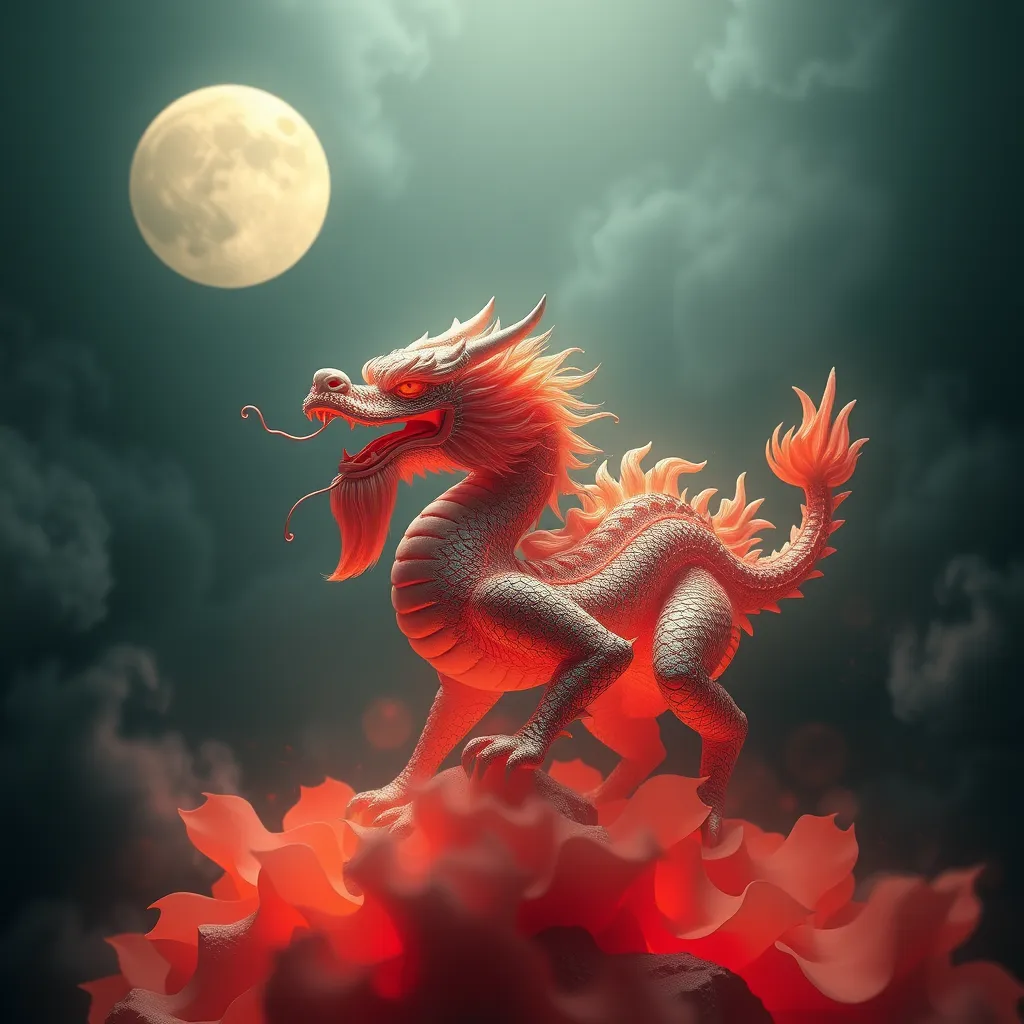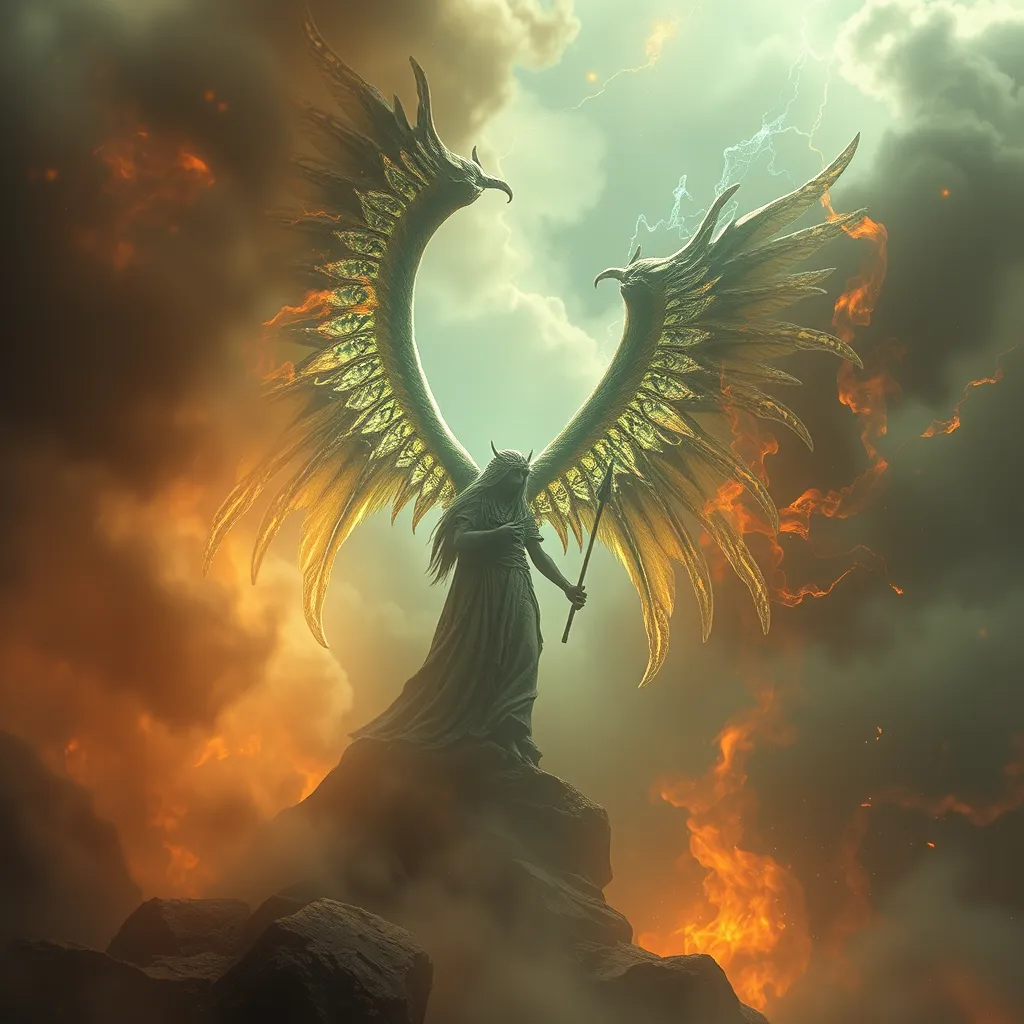Camazotz: The Mayan Bat God of War and Sacrifice
I. Introduction
In the rich tapestry of Mayan mythology, few deities stand out like Camazotz, the bat god known for his associations with war and sacrifice. His image evokes both reverence and fear, embodying the duality of life and death, creation and destruction. The Mayan culture, steeped in ritual and reverence for the divine, placed a significant emphasis on the roles of gods like Camazotz, whose influence permeated many aspects of daily life.
This article aims to delve into the complexities of Camazotz, exploring his origins, attributes, myths, and the cultural practices surrounding his worship. Through this exploration, we will gain a deeper understanding of the significance of Camazotz within the broader context of Mayan spirituality.
II. Historical Context of Mayan Religion
The ancient Maya were a deeply religious people, and their society revolved around the worship of numerous gods, each with specific domains and responsibilities. The gods were believed to control the natural world and human fate, making their veneration crucial for societal stability.
Key aspects of the historical context include:
- The Role of Gods: Gods were seen as powerful beings who influenced agriculture, weather, war, and daily life.
- The Pantheon: The Mayan pantheon included deities such as Itzamná (the creator god), Kukulkan (the feathered serpent), and many others alongside Camazotz.
- War and Sacrifice: Warfare was integral to Mayan society, often viewed as a way to honor the gods, with sacrifices made to appease them and ensure victory.
III. The Origin and Etymology of Camazotz
The name “Camazotz” is derived from the Mayan language, where it translates roughly to “death bat” or “bat god.” This name reflects his association with both the nocturnal creature and the darker aspects of existence, including death.
Bats hold a unique place in Mesoamerican folklore, often symbolizing the underworld and the cycle of life and death. They are also seen as messengers between the earthly realm and the spiritual world.
Archaeological evidence, including inscriptions and codices, suggests that Camazotz was venerated as early as the Classic period of the Maya (approximately 250-900 CE), indicating his longstanding importance in Mayan culture.
IV. Attributes and Iconography of Camazotz
In Mayan art and artifacts, Camazotz is often depicted in striking and dramatic forms. His iconography includes:
- Physical Depictions: Common representations show him with the body of a human and the head of a bat, sometimes wielding weapons or surrounded by symbols of sacrifice.
- Symbolism: Bats are associated with darkness and the unknown, symbolizing the duality of life and death, and Camazotz embodies this duality.
- War and Sacrifice: As a god of war, Camazotz is linked with the sacrificial rituals performed to ensure success in battle and favor from the gods.
V. Myths and Legends Surrounding Camazotz
Camazotz is central to several key myths within the Mayan tradition, illustrating his integral role in the pantheon:
- The Hero Twins: In the Popol Vuh, the Hero Twins encounter Camazotz in the underworld, where he attempts to kill them, showcasing his fierce nature.
- Stories of Sacrifice: Many legends recount the sacrifices made to Camazotz, believed to be necessary to gain his favor and avoid his wrath.
- Comparative Deities: Camazotz shares similarities with other Mesoamerican deities, such as Tezcatlipoca in Aztec mythology, who also embodies the themes of life, death, and conflict.
VI. Ritual Practices and Sacrifices to Camazotz
The worship of Camazotz involved various rituals that often included the offering of blood and other sacrifices. These practices were rooted in the belief that such offerings would appease the god and secure his blessings.
Key elements of these rituals included:
- Ritual Sacrifices: Human and animal sacrifices were common, believed to be essential for maintaining the favor of the gods.
- Bloodletting: This practice was a significant aspect of Mayan spirituality, serving as a means to communicate with the gods.
- Archaeological Findings: Excavations have uncovered altars and ceremonial sites dedicated to Camazotz, revealing the extensive nature of his worship.
VII. Camazotz in Modern Culture
In contemporary times, Camazotz’s influence can be seen in various forms of art and literature, reflecting a resurgence of interest in Mayan mythology:
- Art and Literature: Many modern artists and writers draw inspiration from Camazotz, exploring themes of mythology and cultural identity.
- Resurgence of Interest: Academic and public interest in Mayan culture has grown, leading to a deeper exploration of its myths and traditions.
- Popular Media: Camazotz has also made appearances in films, video games, and other media, often representing the darker aspects of mythology.
VIII. Conclusion
Camazotz remains a significant figure in Mayan culture, representing the complexities of life, death, and the human experience. His legacy is one of duality, embodying the forces of war and sacrifice that were so central to the Mayan worldview.
As we reflect on the enduring significance of Camazotz, we are encouraged to explore further the rich and intricate world of Mayan mythology. Understanding these ancient beliefs not only illuminates the past but also enriches our appreciation of cultural narratives that continue to resonate today.




